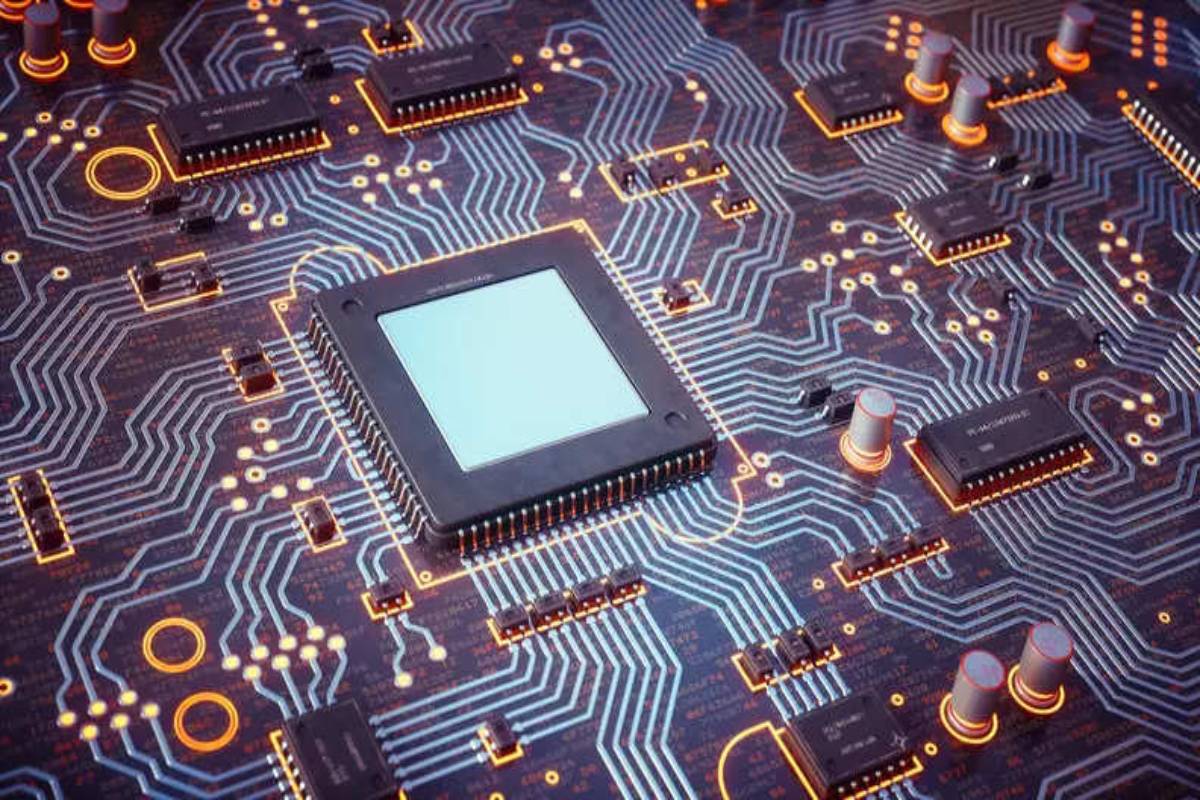In a giant leap for India’s Semiconductor Mission, the Union Cabinet chaired by Prime Minister Narendra Modi approved the establishment of three semiconductor units under ‘Development of Semiconductors and Display Manufacturing Ecosystems in India.
These units will start construction within the next 100 days, the statement released by the Cabinet said.
Advertisement
These three units will be situated at Dholera and Sanand in Gujarat; and Morigaon in Assam.
At Dholera, the Tata Electronics Private Limited (TEPL) will set up a semiconductor fab in partnership with Powerchip Semiconductor Manufacturing Corp (PSMC), Taiwan with an investment of Rs.91,000 crore.
It will have the capacity of 50,000 wafer starts per month covering segments like high performance compute chips with 28 nm technology.
Segments covered include the power management chips for electric vehicles (EV), telecom, defence, automotive, consumer electronics, display and power electronics. Power management chips are high voltage, high current applications.
At Morigaon, Tata Semiconductor Assembly and Test Pvt Ltd (TSAT) will set up a semiconductor unit with an investment of Rs 27,000 crore.
It will have the capacity of 48 million per day covering segments like automotive, electric vehicles, consumer electronics, telecom, mobile phones among others.
CG Power, in partnership with Renesas Electronics Corporation, Japan and Stars Microelectronics, Thailand will set up a semiconductor unit in Sanand with an investment of Rs 7,600 crore.
The CG power semiconductor unit will manufacture chips for consumer, industrial, automotive and power applications with a capacity of 15 million per day.
Within a very short time, India Semiconductor Mission has achieved four big successes. With these units, the semiconductor ecosystem will get established in India.
India already has deep capabilities in chip design. With these units, our country will develop capabilities in chip fabrication. Advanced packaging technologies will be indigenously developed in India with today’s announcement.
These units will generate direct employment of 20 thousand advanced technology jobs and about 60 thousand indirect jobs. They will accelerate employment creation in downstream automotive, electronics manufacturing, telecom manufacturing, industrial manufacturing, and other semiconductor consuming industries.











